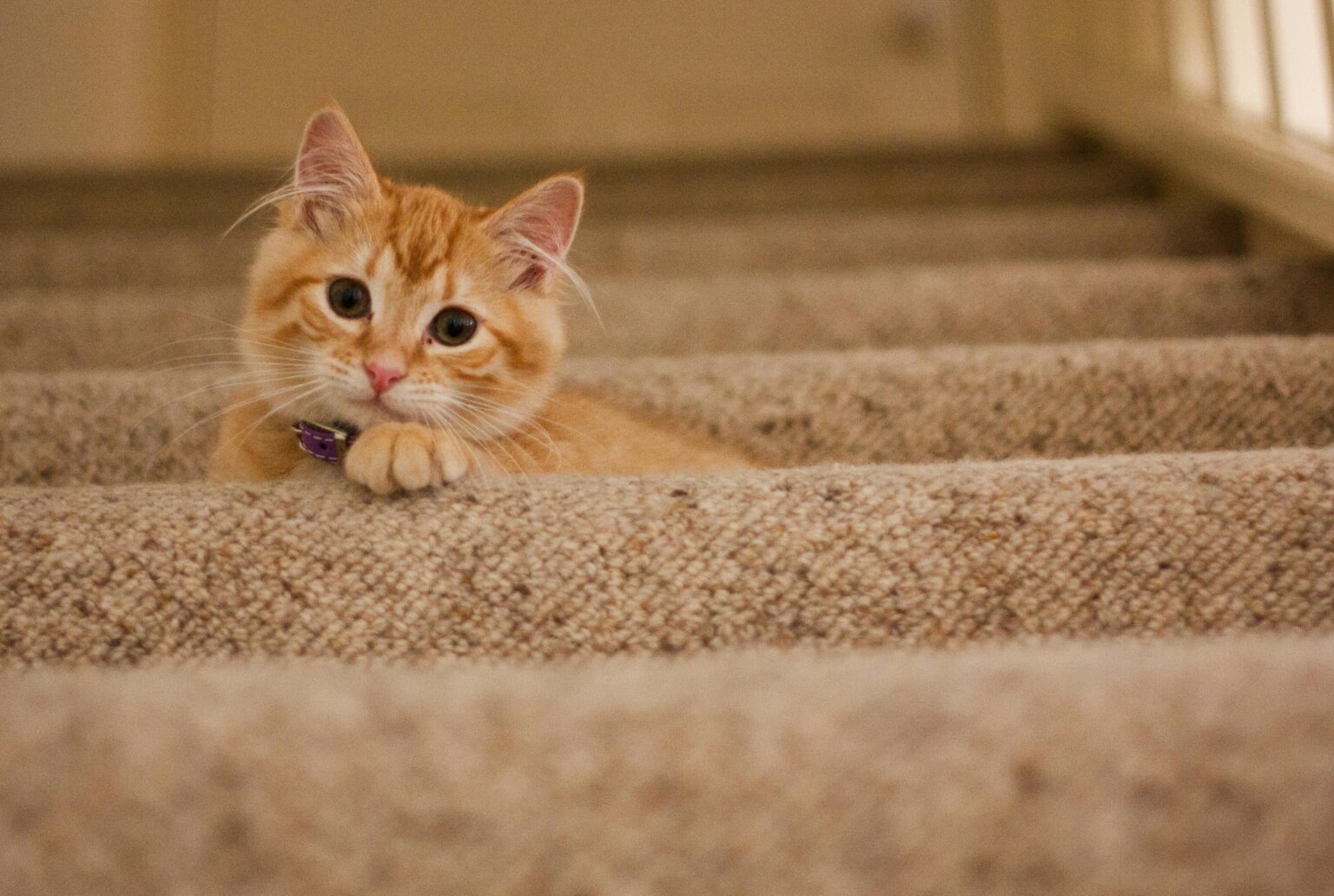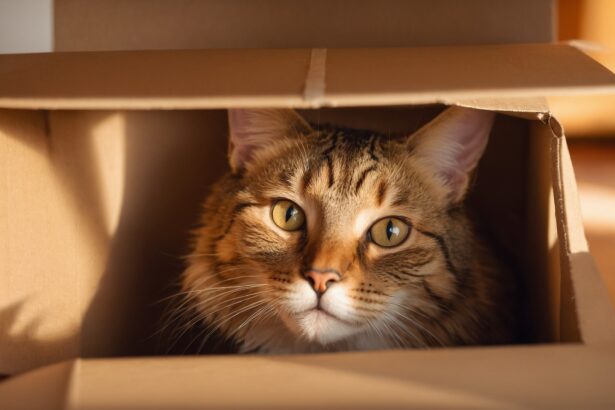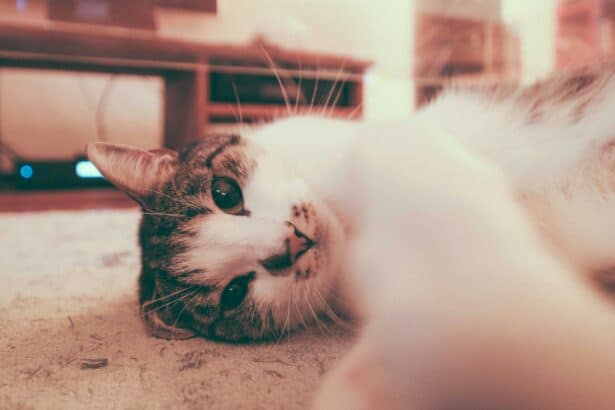Introduction: Ginger charm, beyond the myths
Fiery, freckled, and full of personality, ginger cats have stolen hearts for generations. But are the legends true, or just cute stories we love to tell? Let’s unpack their behavior with a warm, practical guide you can use every day at home.
Think of this as your cozy couch companion: part science, part observation, and a lot of love for those orange whiskered wonders.
Ginger cats, genetics and myths
The orange gene, simply explained
That glowing coat comes from the O (orange) gene, carried on the X chromosome. It’s why most ginger cats are male. Females need two copies of the O gene, which is rarer, but oh-so-special when it happens.
Here’s a fun twist: almost all ginger cats are tabbies. Even when the pattern looks faint, subtle striping or the classic “M” can usually be spotted around the forehead or legs.
Does coat color affect behavior?
Short answer: not directly. Environment, socialization, and individual temperament shape behavior far more than color. However, our perceptions do play a role.
One study found that people attribute different personalities to cats based on coat color, which can influence how we interact with them and what we “notice” in their behavior. Curious? See “Human Perceptions of Coat Color As an Indicator of Domestic Cat Personality” by M. M. Delgado and G. M. Reevy (2012): full article.
Personality: sweet snuggler or tiny tornado?
Common traits owners report
Many ginger cat guardians describe them as social, friendly, and people-oriented. They often lean into routine, bonding rituals, and eye contact that says, “You. Me. Snacks?”
That said, energy levels vary. Some gingers are cuddle pros; others are playful comedians who treat your hallway like a fashion runway.
What really shapes their character
Early socialization, predictable routines, and positive play are the true magic. Short daily play-bursts followed by a small snack mimic the hunt-catch-eat-sleep cycle that calms busy brains.
Notice kneading during cuddle time? It’s a comfort behavior many cats keep from kittenhood. Decode it here: why cats knead.
- Practical tip: try a “pounce-and-pause” schedule—two 7–10 minute play sessions before breakfast and dinner. It channels energy and curbs night zoomies.
- Surprising fact: ginger males are more common than females, thanks to that X-linked gene pattern.
Communication and social behavior
Reading their body language
Tail held high with a soft tip curve? Friendly and confident. Ears angled forward? Engaged. A slow blink is the feline version of a kiss—send one back and see if she melts.
Belly on display isn’t always an invitation to touch. Sometimes it’s trust; other times, it’s a clever trap set by a furry comedian.
Their vocal repertoire
Ginger cats can be chatty. Chirps and trills often mean “follow me,” while soft meows can be check-ins or polite requests. Prolonged, insistent “Mrrr-OW?” usually equals “now, please.”
Tail talk tells a lot too. Brush up on those signals here: why cats wag their tails.
- Common mistake to avoid: scolding a vocal cat. It can create stress and more meowing. Instead, identify the need—play, food schedule, litter box, or attention—and respond calmly.
Home setup and enrichment
Must-haves for curious gingers
- Vertical spaces: a cat tree or sturdy shelves to perch, survey, and nap.
- Scratching options: one tall, one horizontal, plus a cozy cardboard scratcher.
- Hideouts: a covered bed or box for “do not disturb” moments.
- Window entertainment: a perch and bird-safe feeder outside can be hours of gentle TV.
Play ideas they won’t get bored of
Rotate toys weekly so everything feels “new.” Feathers, wand toys, and soft kickers are great. End laser play with a tangible toy to “catch,” so your cat enjoys a satisfying finish.
Have a furniture-scratcher in disguise? Redirect with better options, placement, and rewarding the right spot. More ideas here: prevent scratching furniture.
- Original trick: create “scent squares” by rubbing a soft cloth on your cat’s cheek glands (the happy pheromone zones) and dabbing it on new items or furniture edges. It helps them accept changes without drama.
Health and well-being
Nutrition that keeps the glow
High-quality, protein-forward food with controlled carbs supports lean muscle and steady energy. Measured meals help prevent weight gain, especially in affectionate foodies.
Hydration matters. A fountain can tempt sippers; wet food boosts moisture, especially useful for urinary health.
Grooming and day-to-day care
Weekly brushing reduces shedding and hairballs while keeping that coppery coat glossy. Short, calm sessions linked to cuddle time work beautifully.
Trim nails every 2–4 weeks, or as needed. Not sure where to start? Try this gentle step-by-step: how to trim your cat’s claws.
What to watch for
Like any cat, gingers can have sensitive skin or seasonal itchiness. Check for scratching, head shakes, or over-grooming and consult your vet early.
Routine vet visits, parasite control, and a stress-light home do more for behavior and health than any myth about coat color ever could.
Conclusion: A radiant companion, every single day
Ginger cats shine because of who they are, not just how they look. Understand their language, meet their needs, and you’ll uncover a tender, funny, loyal companion who brightens your days.
Keep it simple: play, predictability, and love. The glow will follow.
FAQ
Are ginger cats more affectionate than other cats?
Not inherently. Many owners report friendly gingers, but personality is shaped by socialization, routine, and positive interactions more than coat color.
Why are most ginger cats male?
The orange gene sits on the X chromosome. Males need one copy to be ginger, while females need two, which is less common.
Do ginger cats have special health issues?
They share the same common concerns as other cats. Monitor weight, skin comfort, dental health, and schedule consistent vet checks.
How can I calm my energetic ginger cat?
Use two short play sessions daily, then a small meal. Offer vertical spaces, rotate toys, and build soothing routines for predictable, happy days.








